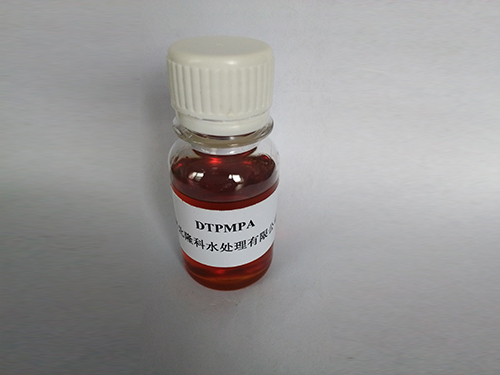Applications of Anionic Polyacrylamide in Various Industries and Environmental Solutions
Anionic Polyacrylamide Versatile Applications and Benefits
Anionic polyacrylamide (APAM) is a synthetic polymer that has gained significant attention in various industries due to its versatile properties and applications. As a water-soluble polymer, APAM is predominantly used for its ability to flocculate, coagulate, and stabilize suspensions in both aqueous and non-aqueous environments. This article delves into the diverse uses of anionic polyacrylamide, highlighting its importance in industrial processes, environmental management, and agricultural practices.
1. Water Treatment
One of the primary applications of anionic polyacrylamide is in water treatment processes. APAM is utilized as a flocculant in the clarification of drinking water and the treatment of wastewater. In these applications, the polymer binds with suspended particles, facilitating their agglomeration and subsequent removal from the water column. This process is crucial in ensuring that water meets safety and quality standards before it is released back into the environment or supplied for use.
The effectiveness of APAM in water treatment is particularly notable in its ability to reduce turbidity and improve the settleability of suspended particles. This not only aids in delivering cleaner water but also enhances the efficiency of wastewater treatment plants, leading to lower operational costs and reduced reliance on chemical coagulants.
2. Mining and Mineral Processing
In the mining industry, anionic polyacrylamide is extensively used for mineral processing. It plays a vital role in the froth flotation process, where it aids in the separation of valuable minerals from waste material. APAM is effective in enhancing the recovery rate of minerals, such as coal, copper, and gold, by reducing surface tension and improving the adhesion of minerals to bubbles.
Additionally, APAM is employed in the thickening and dewatering processes during mineral extraction. Its ability to bind fine particles promotes the formation of a cohesive mass, which can be easily separated from liquids. This not only improves the efficiency of mineral recovery but also minimizes environmental impact by reducing the volume of tailings produced.
anionic polyacrylamide uses

3. Agriculture
The agricultural sector also benefits significantly from the use of anionic polyacrylamide. It is commonly used in soil erosion control and as a soil conditioner. By enhancing soil structure and water retention capabilities, APAM contributes to improved crop yields and sustainable farming practices.
When applied to agricultural fields, APAM helps in reducing erosion by stabilizing soil particles. This property is particularly beneficial in areas prone to heavy rainfall or wind, as it minimizes the loss of topsoil and maintains soil fertility. Moreover, enhanced water retention capabilities lead to better moisture management, ensuring that crops have access to the necessary water for optimal growth.
4. Oil and Gas Industry
In the oil and gas sector, anionic polyacrylamide is utilized in enhanced oil recovery (EOR) techniques. By improving the viscosity of water used in injection processes, APAM helps to mobilize and recover more oil from reservoirs. This application not only boosts production efficiency but also reduces energy consumption, making it a more sustainable approach to oil extraction.
Furthermore, APAM is used in drilling fluids to stabilize boreholes and reduce fluid loss during drilling operations. Its lubricating properties also aid in protecting drilling equipment, contributing to longer operational life and reduced maintenance costs.
Conclusion
Anionic polyacrylamide is a multifaceted polymer with a wide range of applications across various industries. Its effectiveness as a flocculant in water treatment, its role in mineral processing, agricultural benefits, and contributions to the oil and gas industry highlight its significance in modern industrial practices. As sustainability becomes increasingly important, the use of APAM in environmentally friendly applications positions it as a key player in promoting efficiency and reducing ecological footprints. With ongoing research and development, the potential applications of anionic polyacrylamide are likely to expand, paving the way for enhanced innovations across multiple sectors.
-
2-Phosphonobutane-1,2,4-Tricarboxylic Acid: Scale & CorrosionNewsAug.29,2025
-
Premium Isothiazolinones | Broad-Spectrum Biocidal SolutionsNewsAug.28,2025
-
LK-319 Special Scale And Corrosion Inhibitor For Steel Plants: Advanced Solutions for Industrial Water SystemsNewsAug.22,2025
-
Flocculant Water Treatment: Essential Chemical Solutions for Purification ProcessesNewsAug.22,2025
-
Isothiazolinones: Versatile Microbial Control Agents for Industrial and Consumer ApplicationsNewsAug.22,2025
-
Scale Inhibitor: Key Solutions for Water System Scale PreventionNewsAug.22,2025





